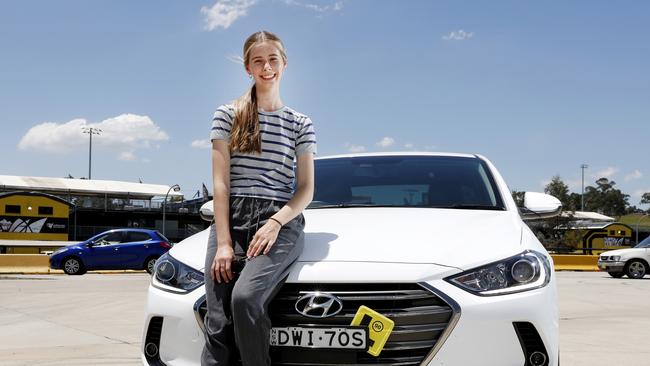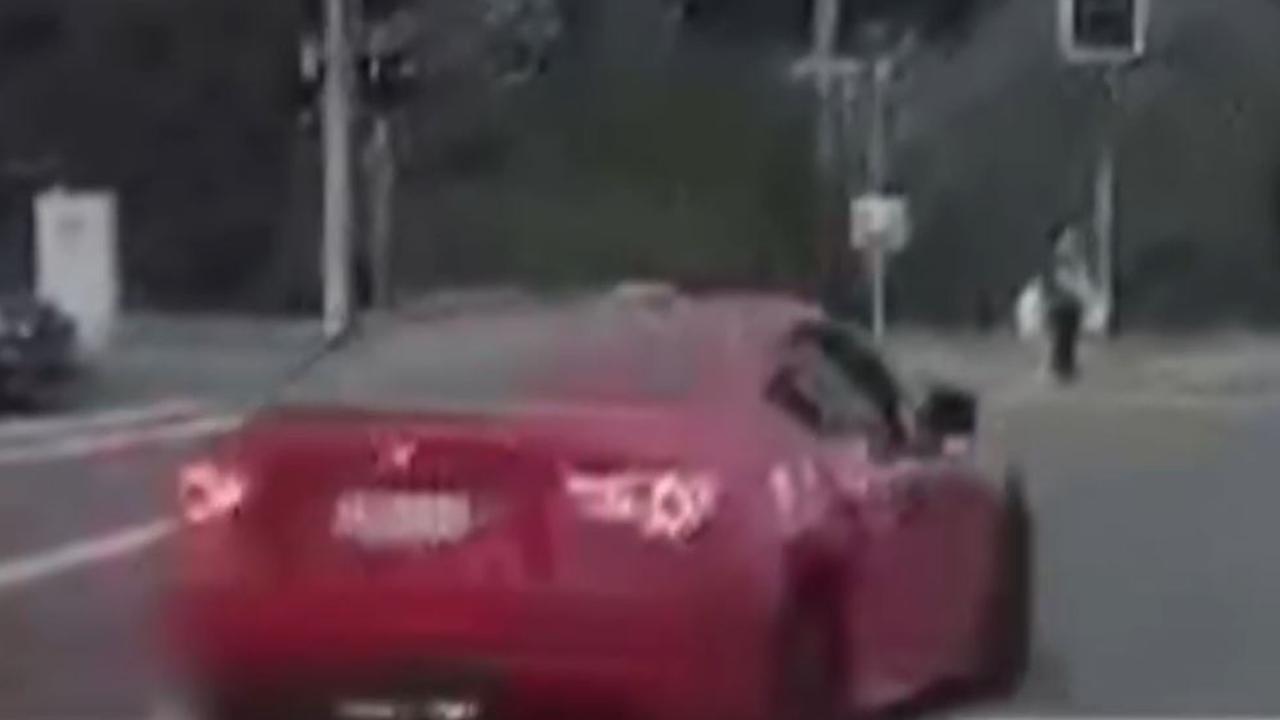How to teach your kids valuable safe driving skills
Young drivers are over represented in road crash statistics, but there are ways to teach L- and P-platers how to avoid and handle dangerous situations.

On the Road
Don't miss out on the headlines from On the Road. Followed categories will be added to My News.
Sending your children off on to the road alone for the first time is an anxious time for any parent but you can ease the nerves by equipping them with the right tools to drive safely.
There are various safe driving courses on offer in most states. Big city race tracks will often have a driver training school attached, while state-based automobile clubs offer a wide range of class-based and practical courses.
Government safety authorities have traditionally frowned on hands-on, skidpan style courses, preferring to endorse those that combine theory with one-on-one, in-car coaching. The added bonus of these courses is that a five-hour course can sometimes count for 20 hours towards an L-plater’s logbook. Prices can start from as low as $150 and rise to $300 or $400 for a skidpan based, defensive-driving course.
Free options are harder to find, but some do exist such as free night-time courses that allow L-platers to gain some vital night hours for their log book.
We headed down to Sydney’s Eastern Creek raceway to take part in the Driving Solutions’ Defensive Driver Training course to judge for ourselves whether these types of courses are helpful for teens about to get their P-plates.

The focus of this hands-on style of learning is to prepare inexperienced drivers for some of the real-life danger scenarios on the road.
Instructor Anthony explains to the class the dangers of speeding and the importance of attitude when driving.
He explains the best way to set up a car to provide the best vision of the road. The students are shown the ideal seating position, distance from the steering wheel and how to get rid of blind spots in your side mirrors.
Instructor Brinley says that parents can often pick up bad habits throughout their driving careers, or the advice has changed since they learned, which is why these courses can iron out any bad habits young drivers may have picked-up.
A 17-years-old L-plater, Sarah Harris, who attended the course thanks to a free giveaway by her school, says the information is invaluable. “I think the importance of vision and not looking directly ahead of you but looking where you want to go was the best thing I learned,” she says. “That’s something I didn’t know before.”
The real meat of the course is on the track, teaching emergency braking procedures in a controlled environment and showcasing the difference between trying to stop in the wet and dry and at various speeds.
Importantly the participants use their own vehicle, learning how to react and manage the risks in the car they’ll be using in real life situations.
Drivers first undertake the emergency braking procedure at 50km/h and learn how to use the ABS brakes properly — mashing the brake pedal doesn’t come naturally.
“I was scared,” Harris says. “I’ve never had to brake that hard before. I found it surprising how gentle it was. It makes me feel safer if I ever have to brake hard on the road.”
Once the drivers have managed this, they move up in speed so they can understand how much longer it takes to stop the car at increasing speeds.
The NSW Centre for Road Safety says it takes almost 20m longer to stop at 60km/h than 50km/h. And a pedestrian has a 60 per cent chance of survival if hit by a car at 40km/h but only a 10 per cent chance at 50km/h.
These dangers play out in real life for the young drivers during the course.
After several runs of practising the emergency braking technique, the water is turned on. At Eastern Creek the skid pans can mimic a wet road, allowing for users to understand the extra precautions needed.
Originally published as How to teach your kids valuable safe driving skills



